Scientist have long known that mammalian body size significantly decreased during an ancient global warming event around 55 million years ago. Researchers have now found that similar mammalian dwarfing occurred again 2 million years after the first event and thus as the Earth begins to heat up again – mammal body size may again see reductions.
Observations from ancient fossils show that mammals such as primates, and groups including deer and horses became smaller during the Palaeocene-Eocene Thermal Maximum (PETM), a period of global warming 55 million years ago. However, Philip Gingerich, a University of Michigan palaeontologist, and his colleagues have found evidence that mammalian dwarfing also occurred during a smaller global warming event, 2 million years after the PETM. The new finding suggests therefore that the same pattern could repeat again now in response to the current human-induced climate change.
“The fact that it happened twice significantly increases our confidence that we are seeing a cause and effect; that one interesting response to global warming in the past was a substantial decrease in body size in mammalian species,” said Gingerich.
The research team, which included scientists from the University of New Hampshire, California Institute of Technology, and Colorado College, recently presented their findings at the annual meeting of the Society of Vertebrate Palaeontology in Los Angeles.
Higher the Rise, Lesser the Height
Global temperatures rose by an estimate of 9 to 14 o F at the peak of the PETM, which lasted about 160,000 years. The later global warming event, known as Eocene Thermal Maximum 2 (ETM2), lasted around 80,000 to 100,000 years, and it resulted in a temperature rise of about 5 o F at its peak.
The researchers compared teeth and jaw fossils of early hoofed primates and mammals spanning the ETM2. The studies revealed that while body size decreased during ETM2, it was not as much as seen in PETM fossils.
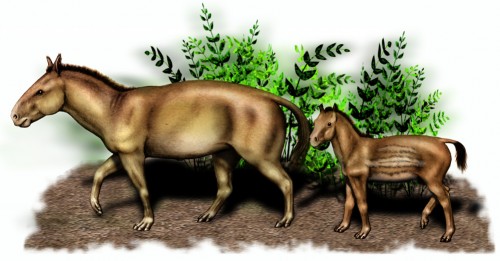
For instance, it was found that a lineage of early dog-sized horses, called Hyracotherium, showed about 19 per cent body-size decrease during the ETM2. In contrast, the same horse lineage experienced about 30 per cent body-size decrease during the PETM.
“The extent of mammalian dwarfism may be related to the magnitude of the hyper-thermal event,” said team member Abigail D’Ambrosia from the University of New Hampshire.
What is interesting to note though is that following both the events, the animals rebounded back to their pre-warming size.
Global Warming – then and now
According to Gingerich, ancient global warming events could have been caused by the release of seabed methane clathrates, a type of methane ice found in ocean sediments. In comparison, present-day global warming is mainly due to burning of fossil fuels and the consequent release of heat-trapping greenhouse gases, particularly carbon dioxide.
“Parallels between ancient hyperthermals and modern global warming make studies of the fossil records particularly valuable,” said team member Will Clyde from the University of New Hampshire.
“Developing a better understanding of the relationship between mammalian body-size change and greenhouse-gas induced global warming during the geological past may help us predict ecological changes that may occur in the future in response to current changes in Earth’s climate,” added Clyde said.
It is therefore quite possible that as the Earth’s temperature continues to soar, future generations of mammals become smaller and smaller.
An earlier study has claimed that global warming is shrinking marine animal size too. Read it here.
More Related Stories,
By 2080 Climate Change may Eat Away Most Plants and Animals
Frog Song Help Researchers Understand Climate Change
Image courtesy deviantart and via cc/Flickr by Mape_S



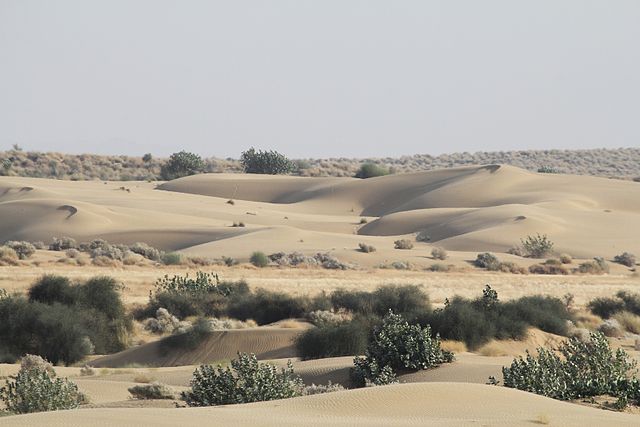
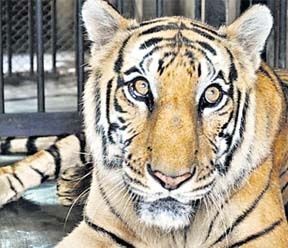
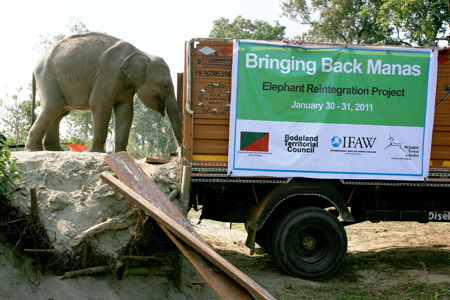
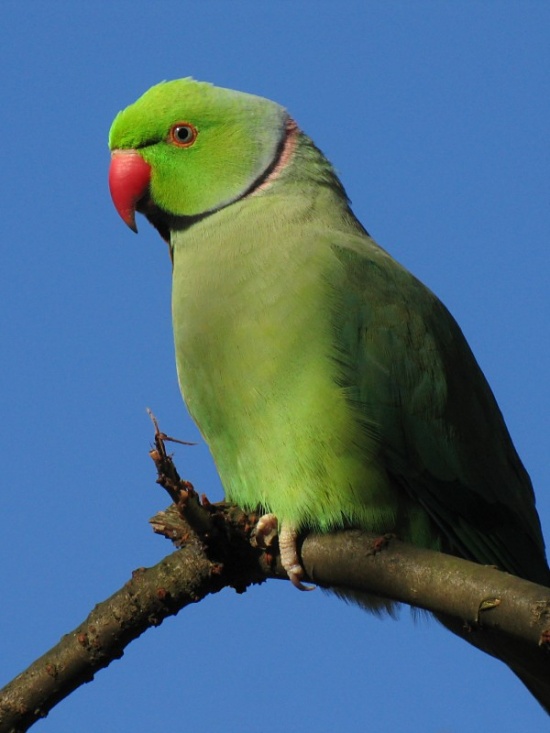
2 thoughts on “Global Warming can make Mammals Smaller in Size”